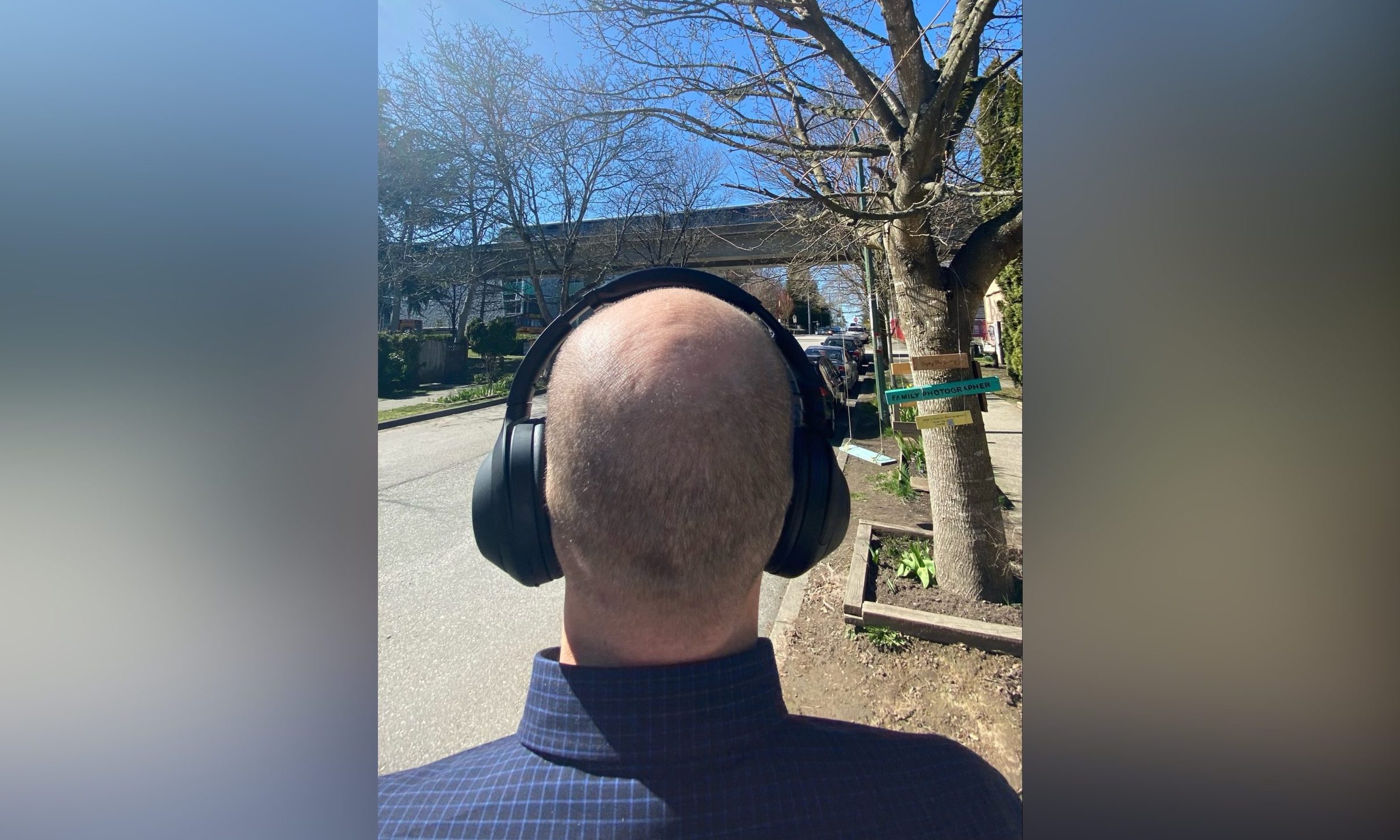Sunnyside
Active Member
That's a mischaracterization of what's happening for sure.So really what we are saying is that the government is prepared to spend tax dollars to help certain developers sell units and make profits, but is not prepared to spend tax dollars in another area that helps existing citizens and isn't helping some other developers make mad dollarbucks?
It is not because Cummer cannot be intensified alone that it is not receiving a station from Metrolinx. That is one of many factors. Predicating any argument is that it is freaking $500M, so the case has to be really, really good. And it obviously wasn't up to snuff for MX/the Province.
First, TOD isn't just to give developers a profit. These are provincially mandated areas for developers to build so things can be planned and built how we want. The developers making money is at worst, a side effect of maximizing new infra we are paying for, and at best, constitutes economic stimulus- something worth far more than just a profit margin to the province.
When asking a question about "the public good" as you are, recognize that recouping costs like this is for our benefit. To fit into the YNSE's "balance sheet", Cummer would need really high ridership potential (native density/bus connections, of which there is hardly either), social need, or development potential- none of which exists. Furthermore, it is hardly 500m from Finch Station.
The only alternative is to somehow add more density to the already-overwhelming TOCs planned (which already compensate for undevelopable stations).
I would like to see Cummer just as much as anyone else, but it simply isn't going to happen at this price point. $500M could buy us a lot of other, more beneficial things.
